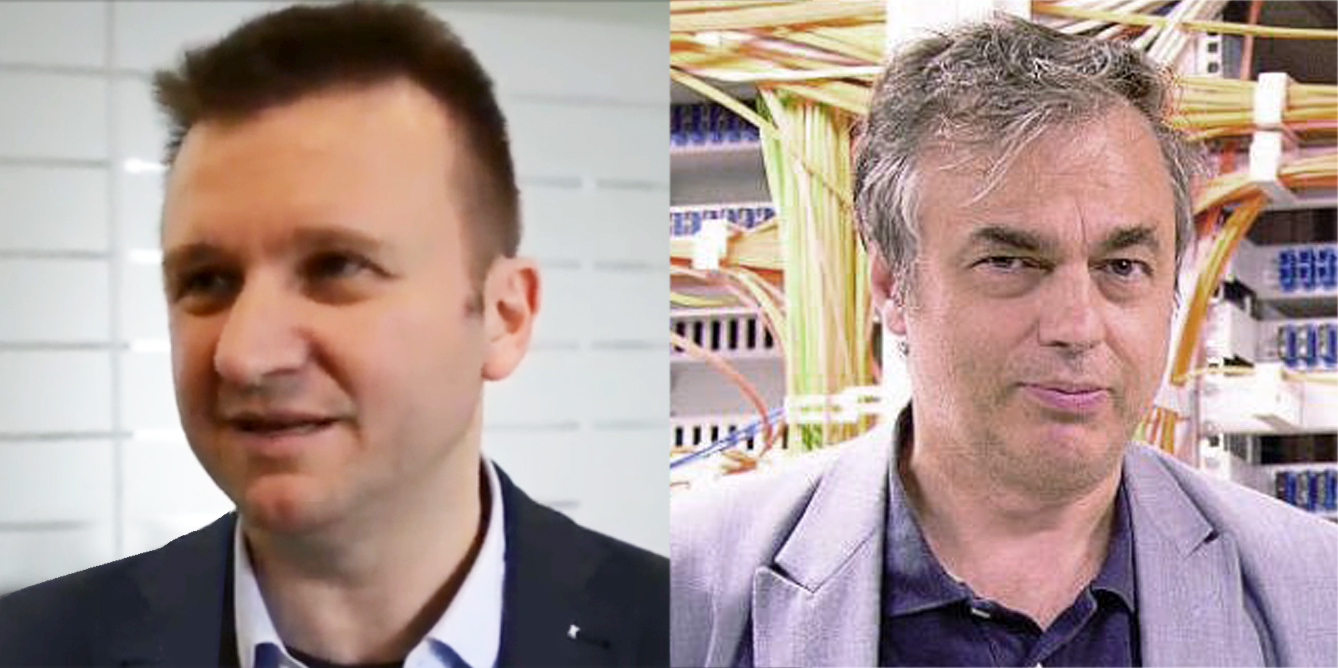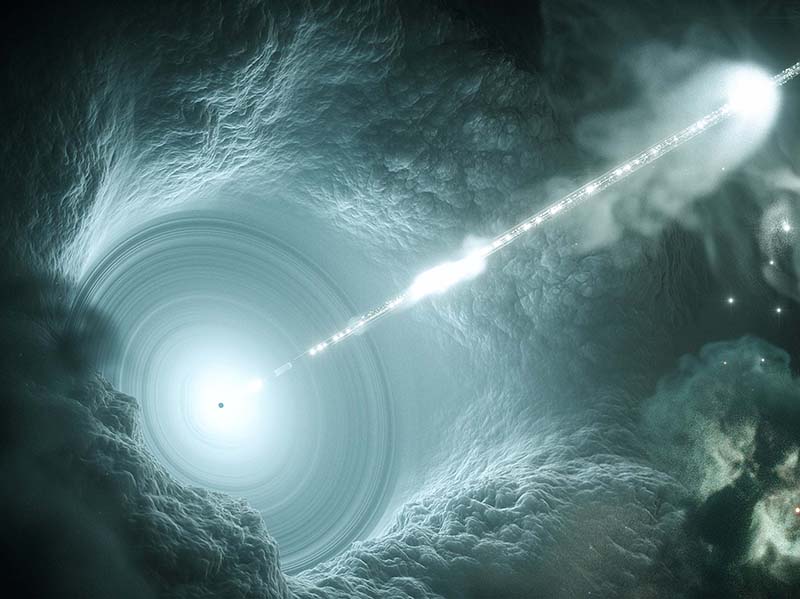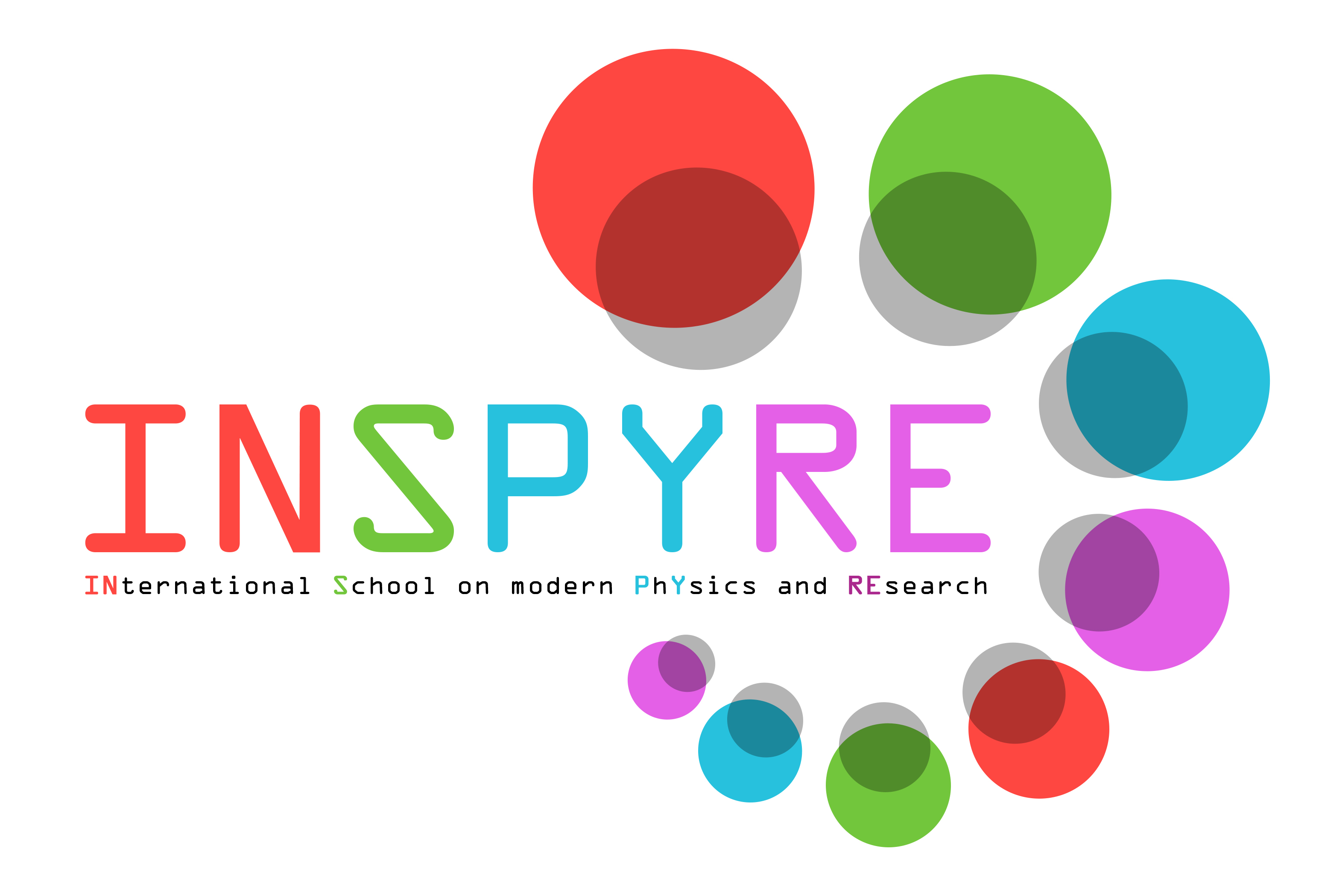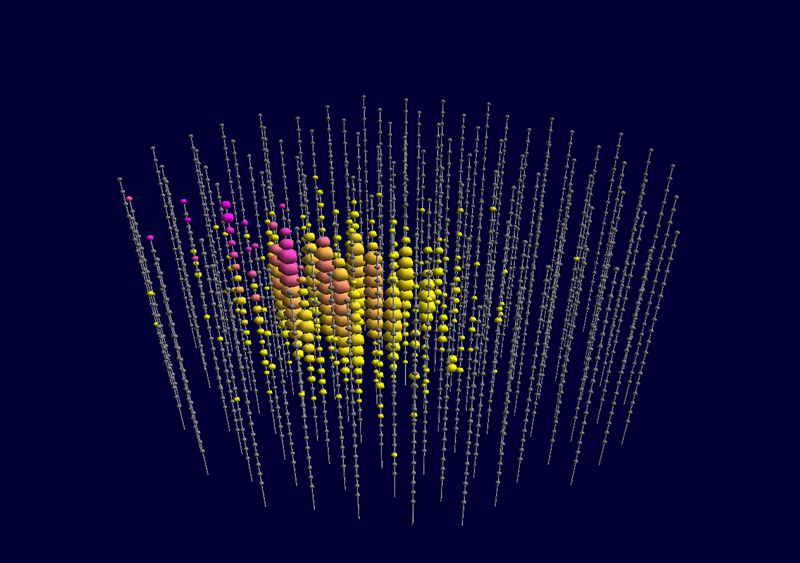
The Marconi supercomputer of the Cineca consortium in Bologna, one of the most powerful in the world and which will be followed in 2021 by the pre-exascale supercomputer Leonardo, has made its exceptional performance available to the current epidemic emergency. Capable of performing tens of millions of billions of calculations per second, it has been working since February to study the behaviour of proteins that allow Covid-19 to replicate, in order to accelerate the production of drugs capable of neutralising the virus. Alongside Marconi in this enterprise is also CNAF, the INFN National Computer Centre, which, in addition to its computers, also provides its Big Data management capability. The core of the collaboration is Exscalate, the supercomputing platform with the highest performance in the world, designed in collaboration between CINECA, Dompé and Politecnico di Milano to evaluate 3 million molecules per second, starting from a "chemical library" of 500 billion molecules, and able to operate simultaneously on 30 different biological targets. In order to optimally integrate the skills needed to accelerate and optimise the process, early this year Exscalate4CoV* was established, a consortium led by Dompé, consisting of several universities, institutes and research centres, including INFN: at the beginning of March, the consortium was awarded funding of 3 million euros allocated by a special call of the European Commission (under Horizon 2020) for Coronavirus research projects. The primary objective of Exscalate4CoV (E4C) is to exploit the potential of supercomputing and Big Data platforms integrated with the best scientific expertise in the biomedical field, to address pandemic situations of supranational interest. In addition to selecting the most promising molecules to combat the current epidemic, the consortium has set itself the objective of developing an operational model of intervention at the European level, effective also in the future for similar events. The results produced by the consortium will be made available to the scientific community. We asked Carlo Cavazzoni, CINECA manager of the Exscalate platform, and Luca dell'Agnello, contact person for INFN-CNAF of the Exscalate4CoV consortium, to tell us about the genesis and state of the art of the project.
Dr. Cavazzoni, first of all I would like to ask you to introduce the protagonist, the Marconi supercomputer to us. What was it designed for? Are other European supercomputers participating in the consortium?Marconi is currently the main Italian supercomputer in the European supercomputer network called PRACE (Partnership for Advanced Computing in Europe) and in terms of its size and power, Marconi is in the top 3 in Europe and the top 10 worldwide. Marconi was primarily designed to address the great scientific challenges of our time, including nuclear fusion, the design of new

ALPs, Axion-Like Particles, very light neutral particles that couple with light photons, predicted by various theories as possible candidates for constituting dark matter but never detected, could be the solution to an observational anomaly of certain blazars. This is the proposal made by a group of researchers from INFN and INAF National Institute of Astrophysics in a paper published in March in “Monthly Notices ...

Yearly awarded in recognition of the development or exploitation of European instruments or major discoveries based largely on such instruments, for 2020 the Tycho Brahe Medal has been awarded to Stefano Vitale, full professor at the University of Trento and INFN researcher, for leading the LISA Pathfinder mission. The mission has demonstrated with extraordinary precision the feasibility of the technology required for the future Laser ...

Organized by the INFN Frascati National Laboratories (LNF), the International School on Modern PhYsics and Research, INSPYRE, is addressed to High School students, attending the final two years and coming from all over the world. The School explores the most relevant issues of Modern Physics. Since its first edition in 2011, the School program has been organized in 5 days at LNF, featuring frontal lectures ...
The University of Catania and the INFN Southern National Laboratories have given rise to the "ANTI_COVID-LAB", a laboratory for the verification of the functional qualities of the fabrics used in masks for the prevention of contagion in the emergency COVID-19. The goal is to provide technical-scientific assistance to companies that may request to test fabrics used to make masks and other medical devices, according to the standards
 KM3NET, FIRST PHASE OF CONSTRUCTION AT THE FRENCH SITE SUCCESSFULLY COMPLETED
KM3NET, FIRST PHASE OF CONSTRUCTION AT THE FRENCH SITE SUCCESSFULLY COMPLETED
The last two of the six detector strings envisaged in the first phase of construction at the French site of the KM3NeT experiment, an international project for the construction of a multi-site submarine neutrino telescope, in which Italy participates with INFN, have been installed at a depth of 2450 metres off Toulon. At the end of the complex operations under the sea for the installation of the two structures, the first data from atmospheric neutrinos, i.e. neutrinos produced by the interaction of cosmic rays with the Earth's atmosphere, were recorded, thus confirming the correct functioning of the instruments. Each individual string, 200 metres long and consisting of 18 optical detector modules, had been previously coiled on a spherical structure, comprising all the optical modules and the base to anchor them to the sea bed. The first of the two spheres was then immersed in the sea and slowly lowered to the sea bed. A robot, controlled remotely from the ship, accompanied the sphere on its descent and connected the new strings to those already installed in the summer of 2019. ...
Supercomputer Marconi at CINECA, Bologna
© CINECA
INFN - COMMUNICATIONS OFFICE
comunicazione@presid.infn.it
+39 06 6868162
Coordination:
Francesca Scianitti
Project and contents:
Eleonora Cossi, Francesca Mazzotta, Francesca Scianitti, Antonella Varaschin
Graphic design:
Francesca Cuicchio
Translation
ALLtrad
ICT service:
Servizio Infrastrutture e Servizi Informatici Nazionali INFN